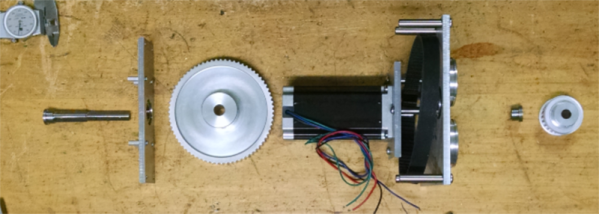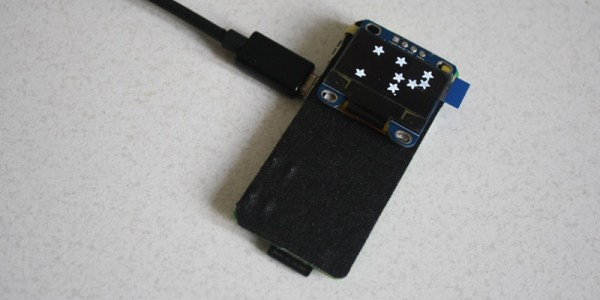Launching a high altitude balloon requires a wide breadth of knowledge. To do it right, you obviously need to know electronics and programming to get temperature, pressure, and GPS data. You’ll have to research which cameras will take good pictures and are easily programmable. It’s cold up there, and that means you need some insulation to keep the batteries warm. If you ever want to find your payload, you’ll also need an amateur radio license.
There’s a lot of work that goes into launching high altitude balloons, and for his Hackaday Prize entry, [Jeremy] designed a simple embedded data recorder capable of flying over 100,000 feet.
This flight data recorder for balloons is based on the ever popular ATMega328, and includes humidity, temperature, pressure, accelerometer, gyroscope, and magnetometer sensors. All of this data is recorded to an SD card. The Real Engineers™ who are wont to criticize design decisions they disagree with might laugh at the use of a 7805 voltage regulator, but in this case it makes a lot of sense. The power wasted by a linear regulator isn’t. It’s turned into heat which keeps the batteries alive a little bit longer.
This balloon data recorder has already flown, and [Jeremy] got some great pictures out of it. It’s a great piece of the puzzle for an exceptionally multidisciplinary project, and a great entry for the Hackaday Prize.





















